Iraq's disappearing Eden: Water shortages could force four million people to flee their homes
Experts warn the country’s next security crisis could be sparked by the devastation of agricultural lands from chronic water shortages, reports in the second part of her new series, Water Wars

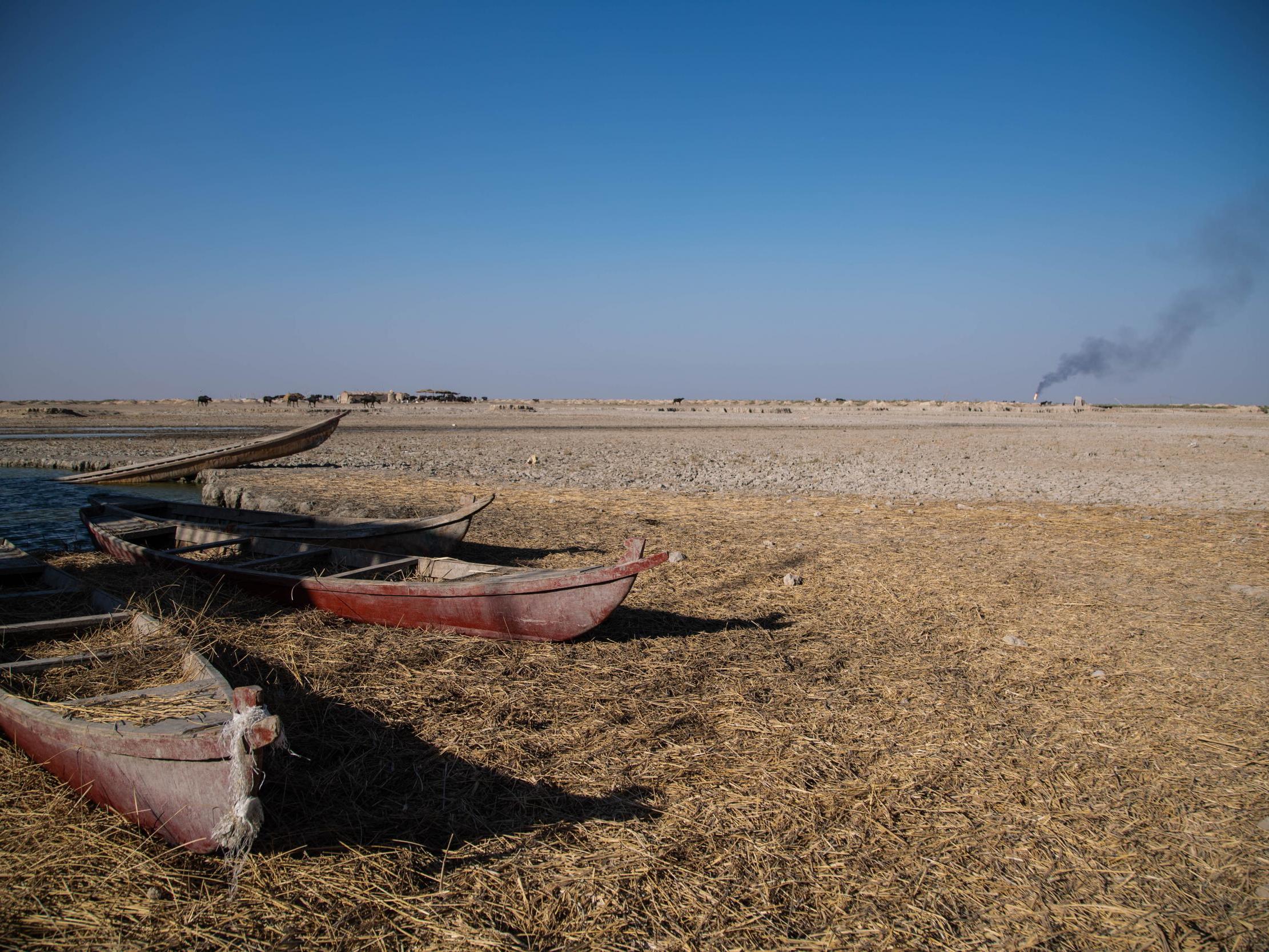
Islanded by cracked and caustic earth, a dome-shaped hut sits beached in the beating heat of the south Iraqi sun.
A lip of soil, which tells of a once-existent water line, curls around the barren encampment. It used to perch on the water’s edge but now is a good five metres away from where the drying marshlands limp to a start.
There, seated in the brackish shallow green, emaciated buffalo crouch to keep cool, their bones nosing through the water like shark fins.
Inside the hut, a group of four men sit cross-legged and listen in silence to Rachid Jassim, one of the senior members of the Marsh Arab community who has just returned from the far north of the country.
“I saw the rivers there, they were overflowing, I don’t understand why the water can’t be redirected to us,” the buffalo breeder says, rearranging his headscarf.
“If the situation remains like this we won’t know what to do or where to go. We don’t know any other world than here in the marshlands. We will starve to death,” he adds.
Rachid is one of the estimated 300,000 people who live in the world-famous Mesopotamian Marshlands, a rare wetland, formed where the Tigris and Euphrates merge within this expanding desert-scape.
The Unesco-protected ancient site, thought to be the inspiration for the Garden of Eden, has a long and troubled history of flooding, draining and drought.
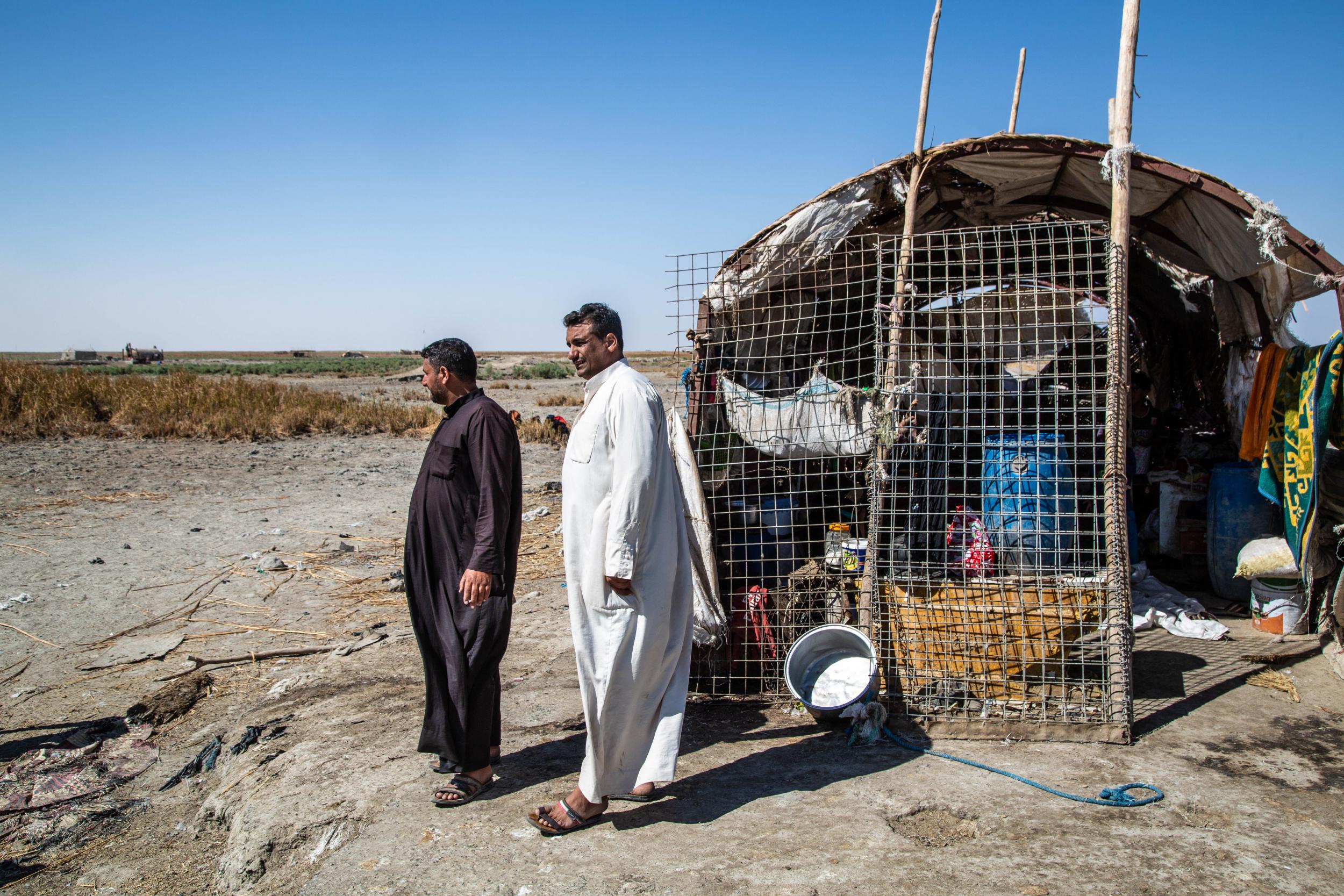
Saddam Hussein famously drained 90 per cent of the marshes in the 1990s, largely to punish the dissident Marsh Arabs or Ma’dan for their role in the Shia uprising against his Sunni-led ruling party. The water barricades were finally torn down by locals after the 2003 US-led invasion.
But experts now fear the marshes, and other important agricultural areas of Iraq, are fast disappearing due to new and escalating water shortages: damage that will be permanent.
According to the United Nations Environment Program, Iraq is currently losing around 250 square kilometres of arable land annually – mostly in the south. Desertification is also on the rise.
The causes of the rural water crisis are many, but it is largely due to the shrinking levels of the Euphrates and Tigris, pounded by climate change and international dams further upstream.
The disappearing agricultural lands will, however, spark a displacement crisis far beyond what Iraq has already suffered after a three-year war against so-called Islamic State, or Isis. This, experts warn, will in turn put massive pressure on urban centres, contribute to the deterioration of the already volatile security situation, and possibly trigger fresh conflict.
Iraqi environment ministry officials have told The Independent that if nothing changes and no drastic action is taken to fix the rural water crisis, millions will be on the move.
We are expecting 4 million displaced people over the next eight years from the water crisis
“From the Isis crisis and the military operation [against the jihadi group], we had nearly three million internally displaced people (IDPs). But we are expecting four million displaced people over the next eight years from the water crisis,” Yousif Muayed Youssef, tells The Independent from Baghdad.
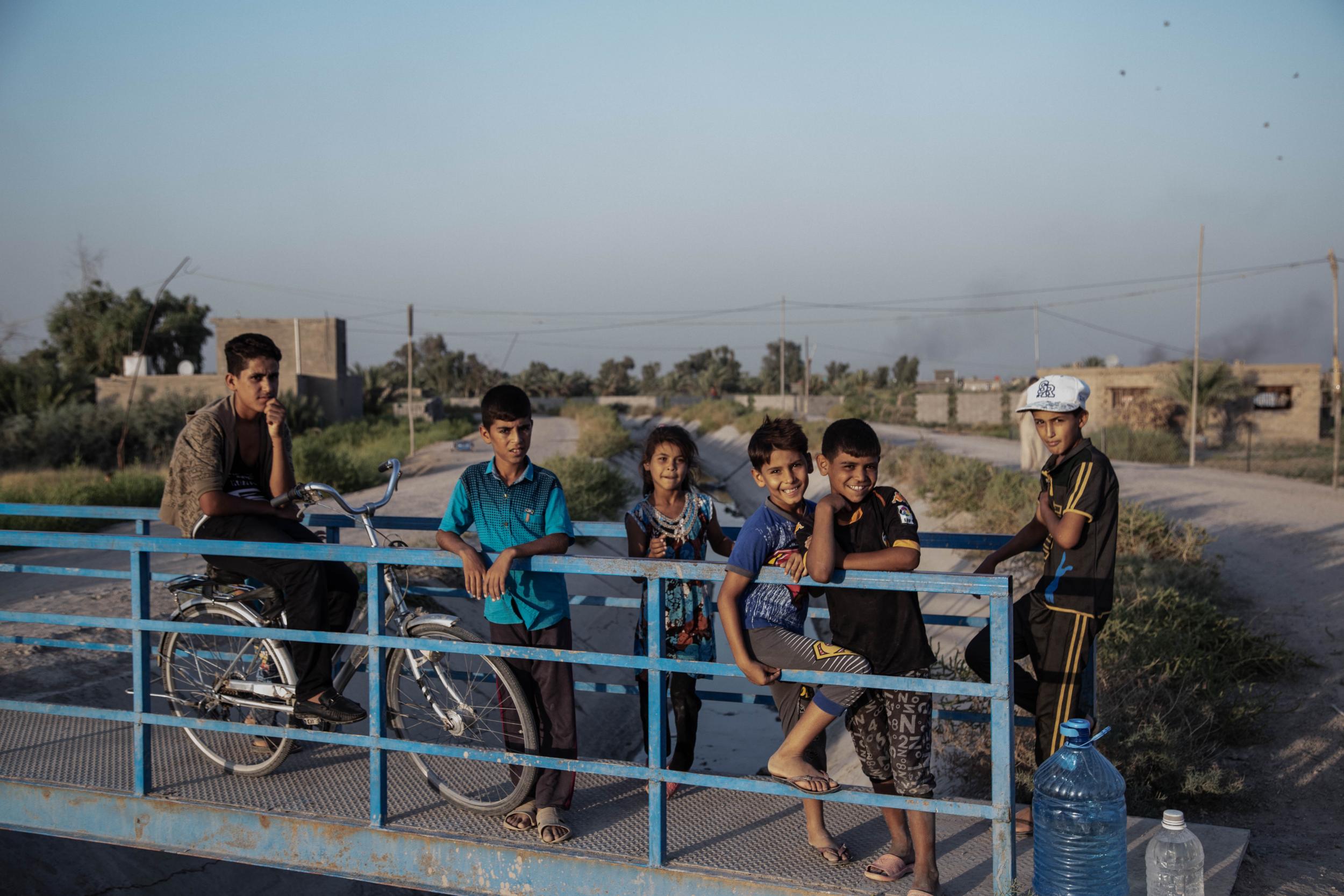
“This is no longer just an environmental problem, this affects security: social security, water security, food security. This will impact several governorates and will become an Iraq-wide, region-wide, even global problem,” he added.
It’s already showing in the south of the country and the marshlands, which are half the size they were last year, shrinking to just 1,200 square kilometres. This summer nearly 4,000 people, more than 600 families like Rachid’s, have been forced to abandon their homes and move, according to the United Nations.
Similar stories are unfurling further north in other rural communities, where farmers spoke of abandoning their fields to start new lives in the already overwhelmed cities.
It is hard to see how Iraq would handle an additional flood of IDPs, given the authorities are already struggling to look after the millions stuck in limbo after escaping their homes over the last few years. Currently Iraq’s humanitarian response programme is only 61 per cent funded.
Hassan al-Janubi, the water resources minister, says the country has limited financial resources to fix the water crisis after decades of internal conflict, as well as foreign intervention in the country.
“The expansion of the desert is unstoppable unless we invest billions in greenbelts, but we need water to do that,” he warns from his home in Baghdad’s Green Zone.
“I would like to stay optimistic but if nothing changes we are in trouble. The priorities of our country are difficult.”
If the situation remains like this we won’t know what to do or where to go. We don’t know any other world than here in the marshlands. We will starve to death
He said those displaced from the fertile centres were moving to the outskirts of major cities which lack services.
“At least in the countryside they were food producers, [but] when they move they become food consumers and the government has to support them, so it’s a double loss,” he adds.
In one so-called greenbelt in Yusufiya, 30km south of Baghdad, farmers plough fields of dust, months too early in a seemingly pointless exercise.
The district was once dubbed the “triangle of death” by US forces during their seven-year occupation of Iraq because of sectarian violence and attacks from its mainly Sunni inhabitants.
These days it has returned to a sleepy farmland, sliced through by open cement irrigation canals built under Saddam Hussein that connect fields to both the Euphrates and Tigris. But these once rich waterways are now thin trickles of oily green as the levels of both rivers have plummeted.
Kicking ashen-coloured dust with a sandal, Abdel-Karim Hussein, 48, a farmer, says his losses due to the salinity and scarcity of water are “immeasurable”.
“I had 1,200 sheep, and now I have just 80. They all died or went blind from the salty water coming out of the drying wells and canals,” he explains.
“I had 1,300 dunums (30 hectares) of farmland. Now it’s completely transformed to desert,” he adds.
His friend Najim Eliwi, also a farmer, says rampant illegal plundering of precious waterways for fish farms has exacerbated the crisis.
“For sure if this situation stays the same, in four to five years all of this land will turn to desert,” he adds.
I had 1,200 sheep, and now I have just 80. They all died or went blind from the salty water coming out of the drying wells and canals
A series of dams in Syria and at least 14 in Turkey have stifled the flow of Euphrates to under half of what it used to be, according to Ali al-Karkhi, from Save the Tigris campaign.
After a particularly brutal summer in the south, the Euphrates has now shrunk to as little as half a metre deep from just over 1.20 metres in April.
The level of the Tigris, which is also impacted by several dams including six from Turkey, is set to sink even lower when Ankara begins filling its new Ilisu dam in a few monhts.
“The water flow from Tigris, during the filling of the dam will drop to 60 per cent of what it is. This could take up to five years. So we could lose the Iraqi marshes, we will lose so much farmland,” he adds.
His campaign, which lobbies against the dams, fears the scarcity of water will only see more conflict. They have already recorded “water wars” in the centre of country. On his mobile he shows grainy footage of a gunfight between rival tribes over a canal somewhere in central Iraq.
Climate change is only exacerbating the problem, as Iraq has warmed by nearly 2C.
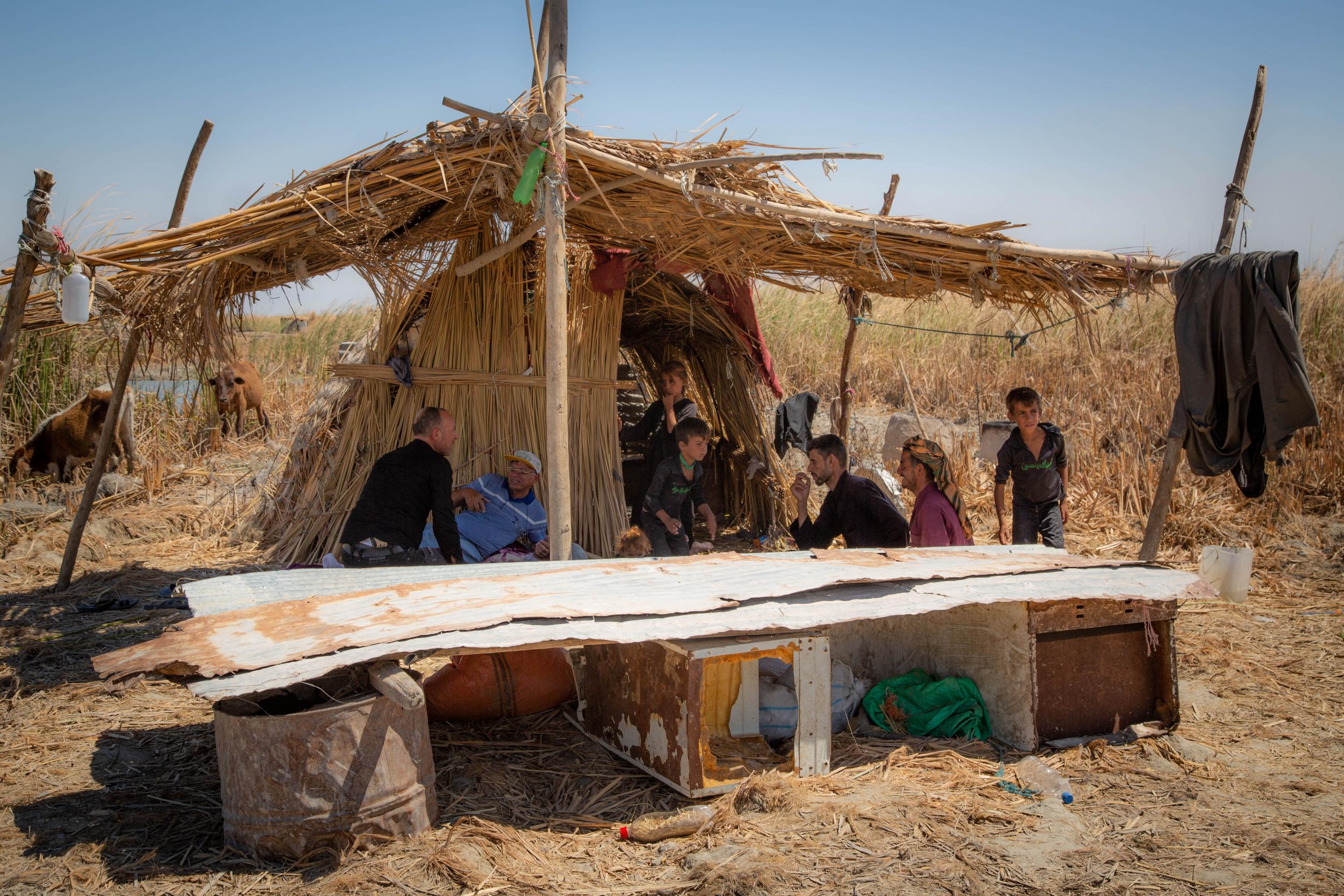
The UN warned in an extensive report on Monday that global surface temperatures are on track towards an unliveable 3C or 4C rise unless all societies carry out “unprecedented” changes.
For Iraq these rising temperatures, which in southern Iraq soar towards 50 degrees in the summer, means that the little water available is increasingly saline. Seawater is also encroaching up various waterways that feed the marshes from the Arabian Gulf, no longer pushed back by a steady flow of freshwater from the north.
We don’t know how to do any other job but taking care of buffalo and the cows. If this all turns to dust I don’t know what we will do
In the marshlands, the salt content of the water is now nearly six times over the World Health Organisation’s recommended safe levels for drinking.
The high salinity turns water buffalo and livestock blind before it kills them. Fish are also unable to survive.
Back in the marshes, scorched reeds, like yellowing teeth, stretch into horizon, only broken by the occasional clearing. Until a few months ago these gaps in the reeds were busy waterways people used to traverse through the marshlands before they began drying out.
We change direction and navigate the remaining parts of the Hammar marshes which are still submerged, sliding past ramparts of reeds knitted with egrets, kingfishers and coots.
A dead terrapin, floating belly up in the water, marks the spot where our shallow-bottom narrow boat finally comes to a muddy halt. The waterway is too shallow to continue to Baghdadi lake, one of the largest in the area, but which has lost half its size this summer. The boat’s captain gets out, and wades for a bit before giving up.
On a nearby bank, Om Mohammed, 35, who had recently moved there from Baghdadi lake with her eight children, explains how she lost $2,000 by being displaced three times.
Together with her family, and a young buffalo calf, she takes cover from the punishing heat of the day in her reed hut. As we draw up, the adult buffalo slump into the water and watch us like crocodiles.
“I’m afraid that we will die from hunger because we cannot live anywhere and we cannot do anything,” she says, breastfeeding her screaming son with one arm and rocking a weathered plastic cot with the other.
“We don’t know how to do any other job but taking care of buffalo and the cows. If this all turns to dust I don’t know what we will do.”
Further down this narrowing stream Mahdi Sadah, 30, a father of 12 who also been displaced, has suffered comparatively greater loses. Of the 15 buffalo he had, only nine survive. “They just go into the reeds and die,” he says.
All we can do is pray for an unprecedentedly wet winter
Jassim al-Sadi, the director of Nature Iraq, which monitors the marshlands, says that during terrible droughts in the past, such as 2015 when the Euphrates sank to just 30cm deep, he was able to lobby Baghdad to release more water held in the upstream Iraqi dams of Mosul and Haditha.
But the problem now is that there is no more water further north to release.
“This time I don’t think they have a solution. All we can do is pray for an unprecedentedly wet winter,” he says.
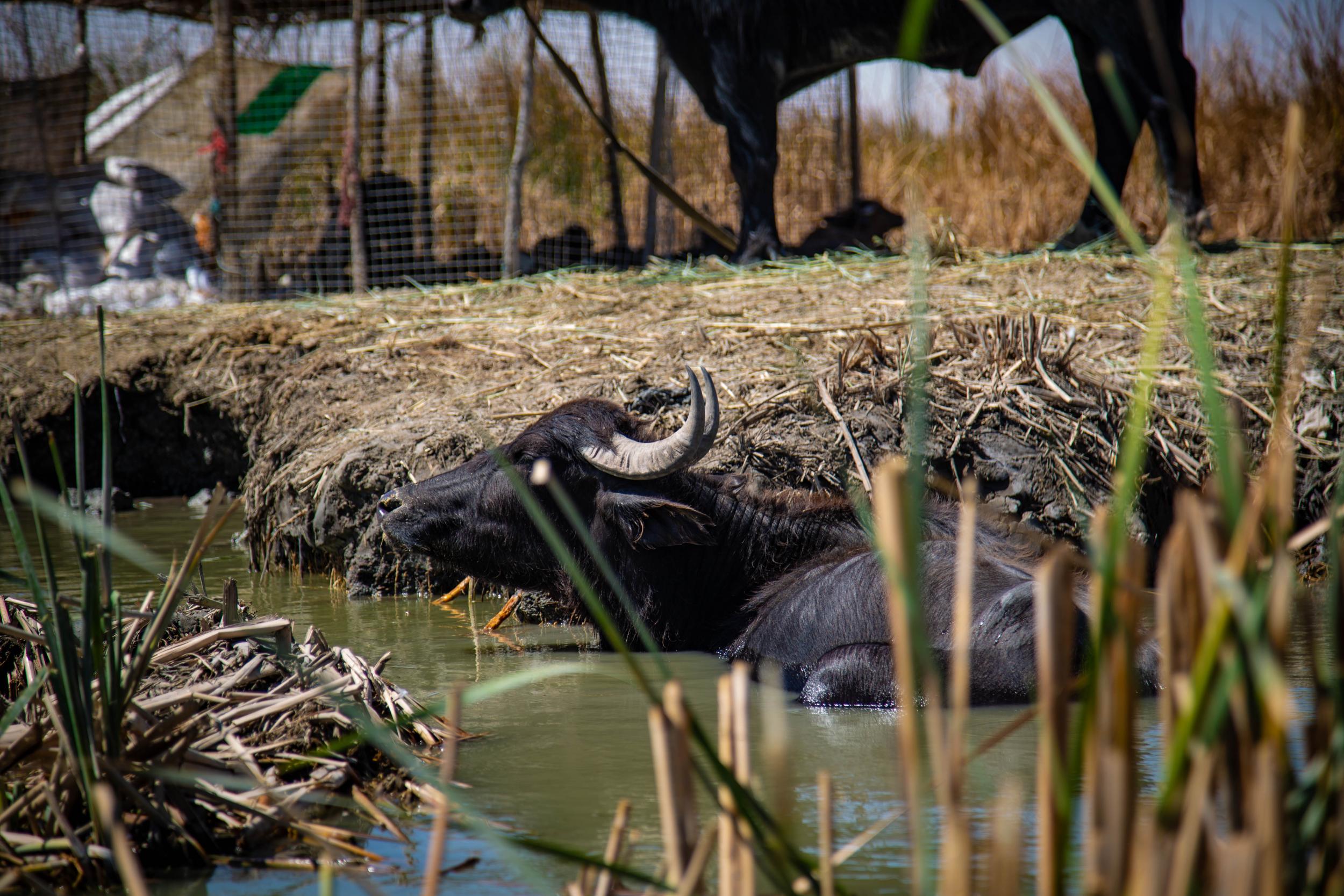
When Saddam Hussein drained the marshes in the 1990s it sparked a mass movement of farmers north to Fallujah and Tikrit, he says. But with the recent conflict, the security situation is not the same. It’s not safe or possible for people to migrate.
“If people have nowhere to go, I don’t know what they will do,” he adds.
Back at Rachid’s hut, the father-of-six says he cannot even sell his 40 or so buffalo to try to scrape a living. The price of each has more than halved from nearly £3,000 a cow to just under £650 now. Even then no one will buy as it costs more money to keep the animals alive: because of the vanishing farm and wetlands, breeders have to spend a small fortune purchasing water and fodder.
“Here I used to fish and sell the fish, breed buffalo and produce food to be sustainable. I do not need electricity, or services, I ask nothing from the government,” he says.
“I cannot live in a city. But if I cannot live here, what do I do? It’s criminal. All we beg the authorities for is water. Is that too much to ask?”
The first part of the Water Wars series is online here, Boiling Basra: Residents afraid of their taps as Iraq’s water crisis threatens to destabilise the region
Join our commenting forum
Join thought-provoking conversations, follow other Independent readers and see their replies
Comments